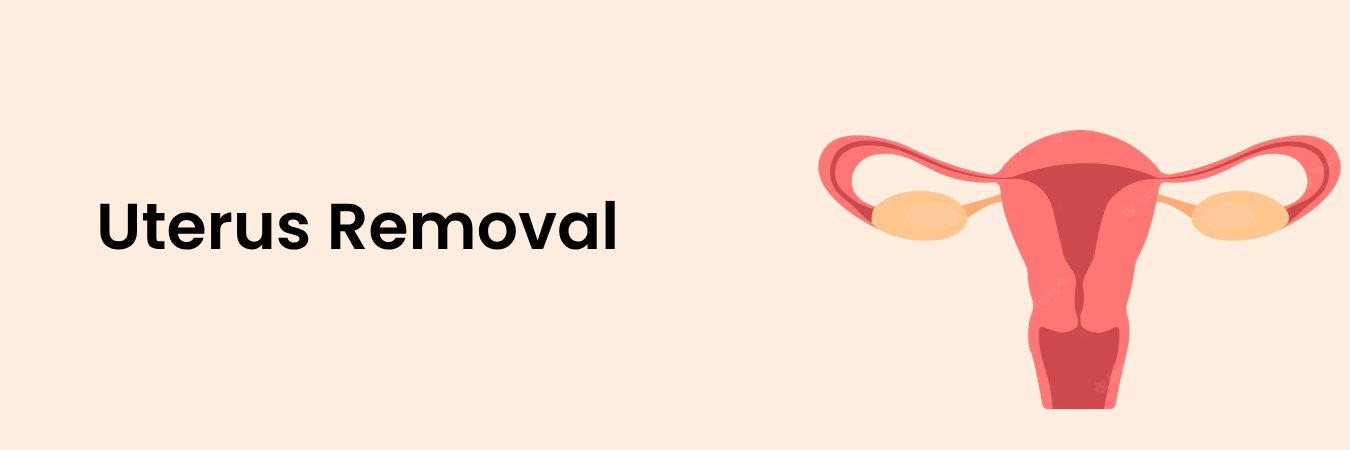Need for Hysterectomy
- Symptomatic uterine fibroids
- Uterus prolapse
- Last solution to endometriosis
- Irregular, excessive, or painful menstrual bleeding
Tests Done Before Hysterectomy
- X-ray
- Pelvic ultrasound
- CT scan
- MRI scan
- Blood and Urine Tests
- Dilation and Curettage
- Endometrial Biopsy
Types of Hysterectomy
- Abdominal Hysterectomy
- Vaginal Hysterectomy
- Laparoscopic Hysterectomy
Benefits of Laparoscopic Hysterectomy
- Minimally invasive procedure
- Minimum surgery time
- Slight to no blood loss
- Smaller and shallower incisions
- Just 1-day hospitalization
- Lower risk of abdominal infections & complications
- Recovery is fast and easy
There are different approaches to Hysterectomy:
Abdominal Hysterectomy: In this method, an open incision is made in the lower abdomen by your gynecologist to manually remove the uterus. The incision site is then closed using self-dissolving sutures, and recovery typically takes around 5-6 weeks.Vaginal Hysterectomy: Primarily used for uterine prolapse cases, your gynecologist removes the prolapsed uterus through the vaginal route. Absorbable sutures are employed to close the surgical site, and substantial recovery is anticipated within 1-2 weeks, making it a simpler procedure compared to abdominal hysterectomy.
Total Laparoscopic Hysterectomy (TLH): This method employs advanced technology, utilizing a laparoscope—a specialized catheter with a camera and light—along with keyhole-sized incisions in the lower abdomen. The laparoscope offers a magnified view, enhancing surgical precision. Ultrasonic energy is used to separate the uterus and its supporting structures, minimizing blood loss. The uterus is then removed through the vaginal route. While most small incisions heal naturally, larger incisions are closed with sutures. A few sutures are also placed along the birth canal. Recovery is expected within 1-2 weeks, significantly faster than abdominal hysterectomy.
Uterus Removal: Ultrasonic energy is used to separate the uterus and its supporting structures, minimizing blood loss. The uterus is then removed through the vaginal route. While most small incisions heal naturally, larger incisions are closed with sutures. A few sutures are also placed along the birth canal. Recovery is expected within 1-2 weeks, significantly faster than abdominal Hysterectomy.
These different hysterectomy techniques cater to distinct uterine conditions, and the choice of approach depends on individual health factors and the specific condition being treated. Consulting with a skilled gynecologist is crucial to determine the most suitable method for achieving effective treatment and a smoother recovery process.

